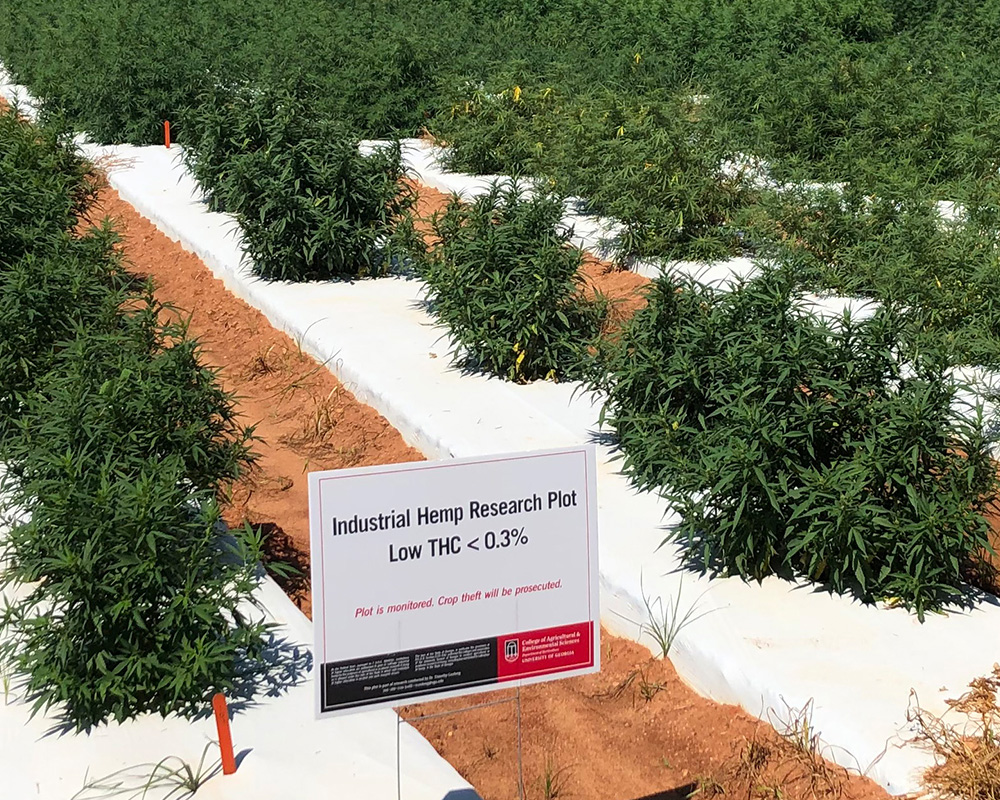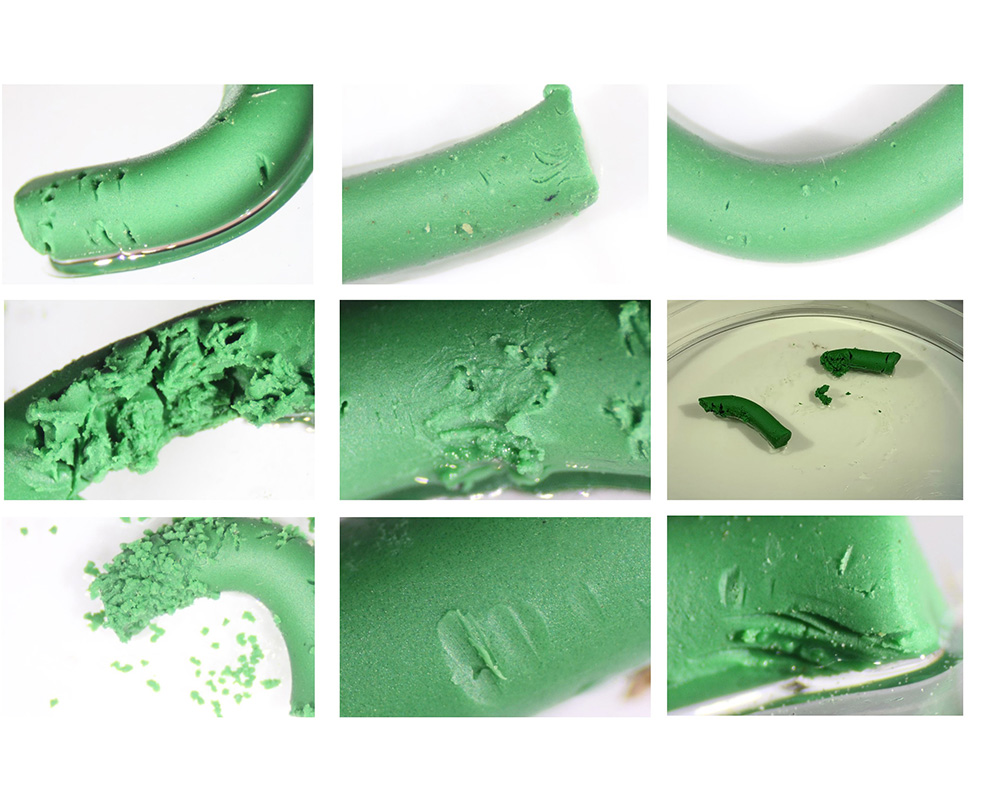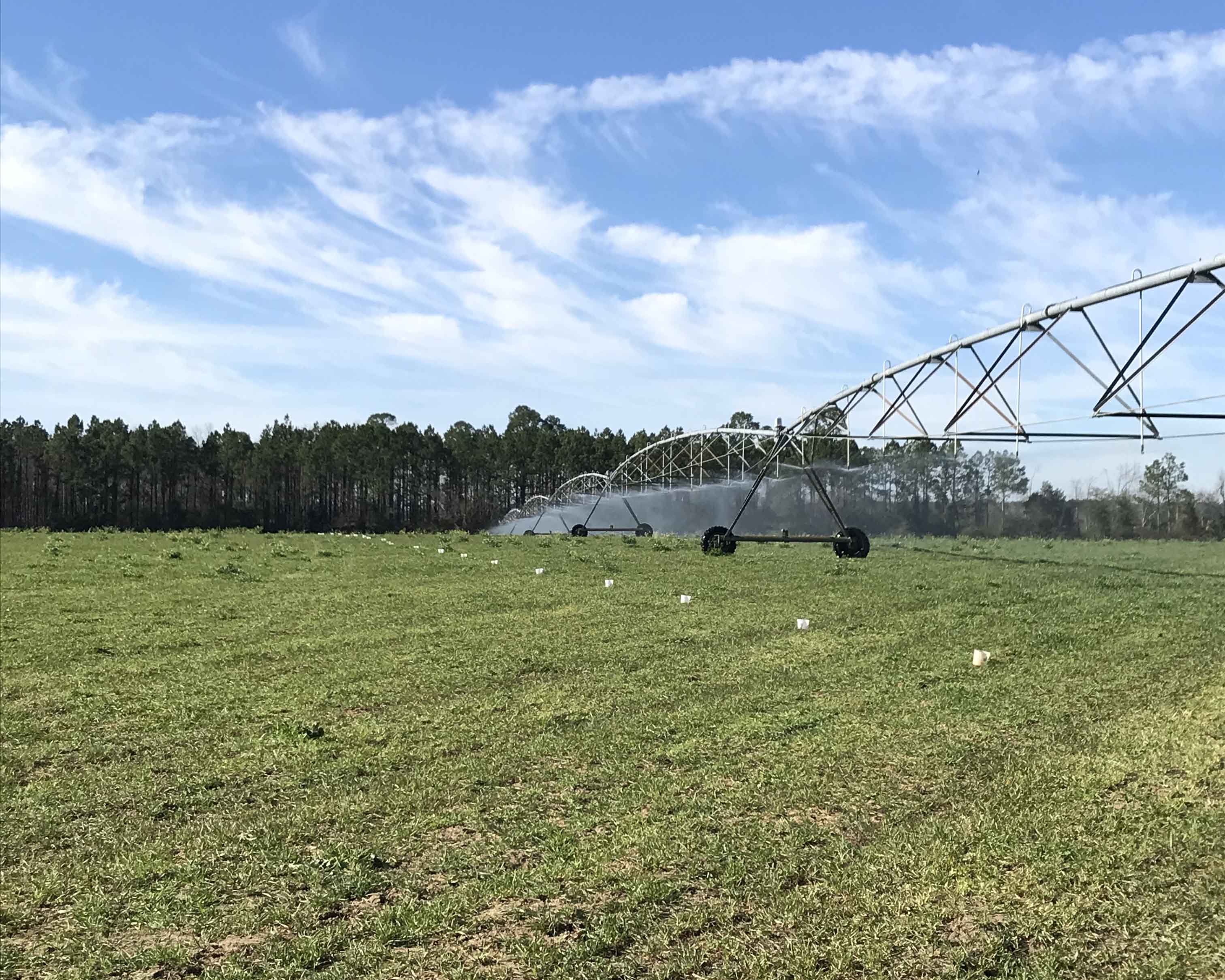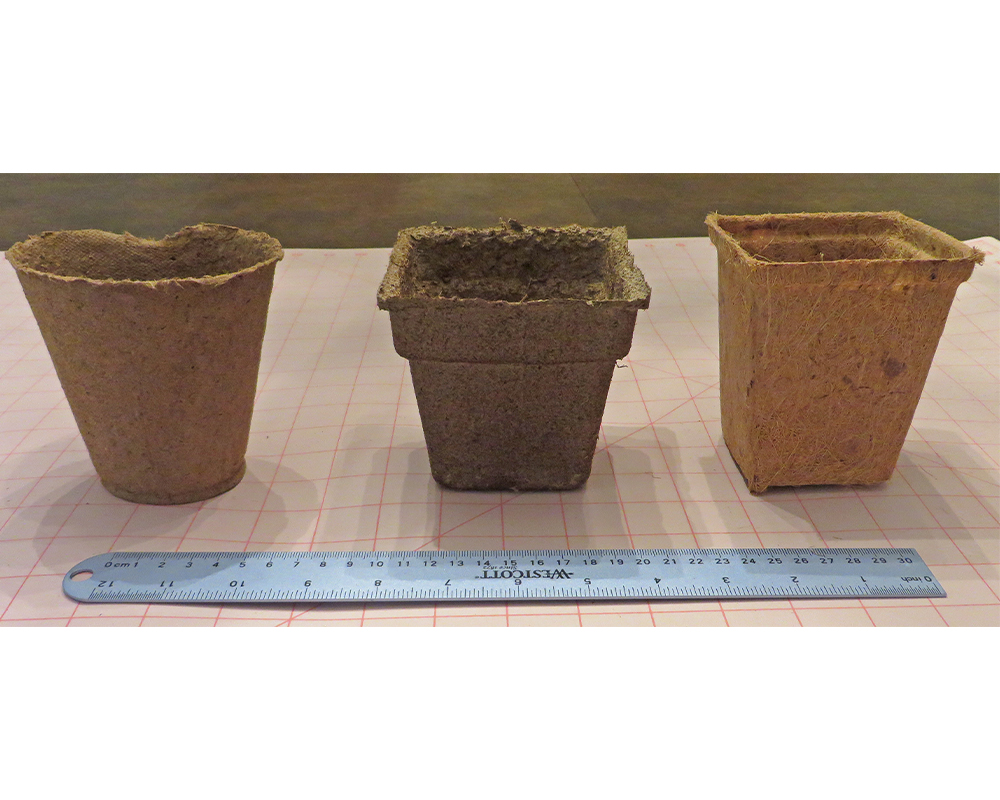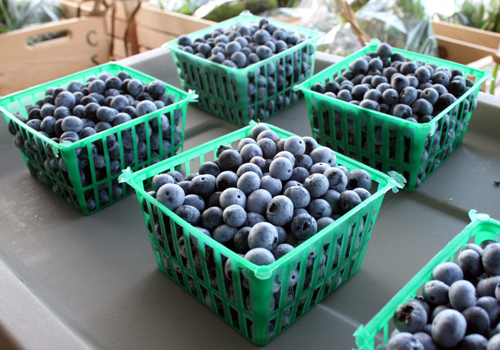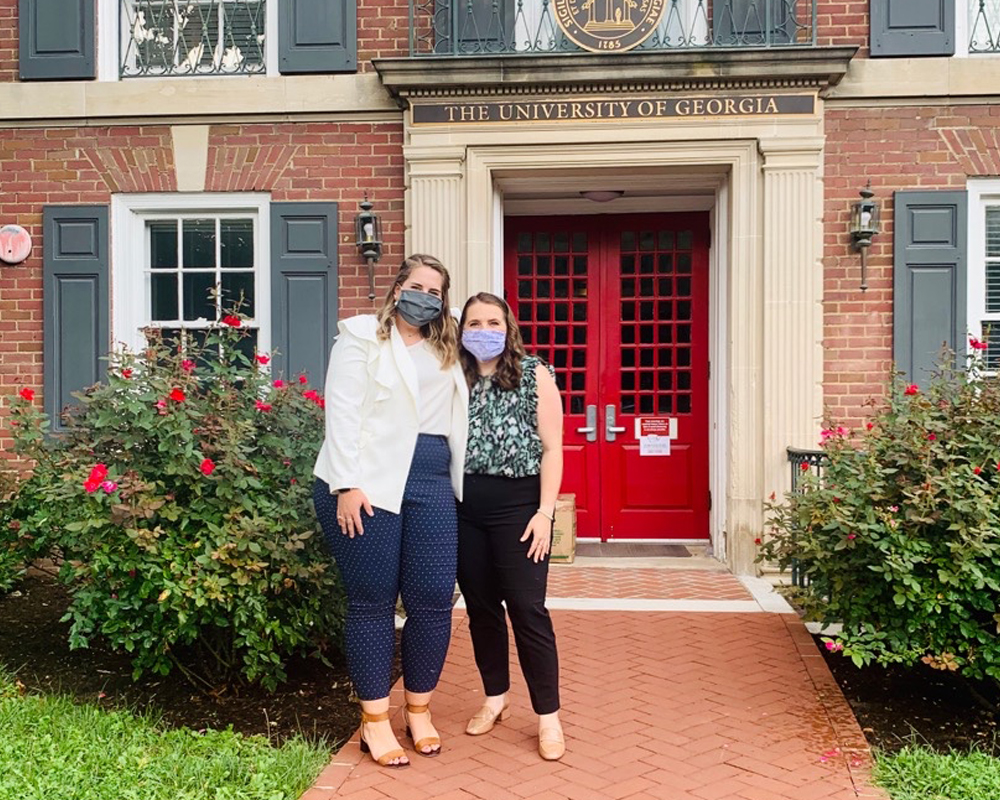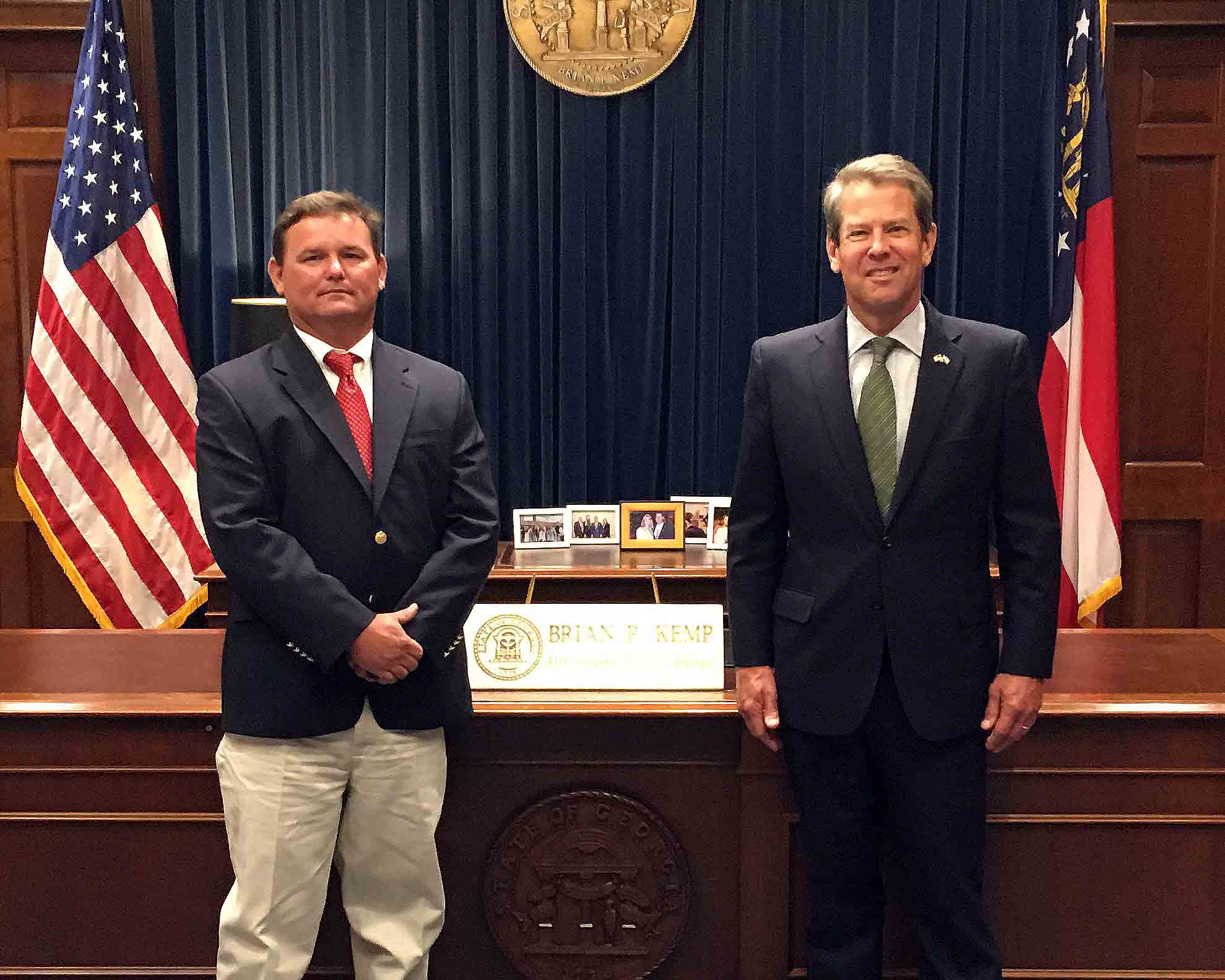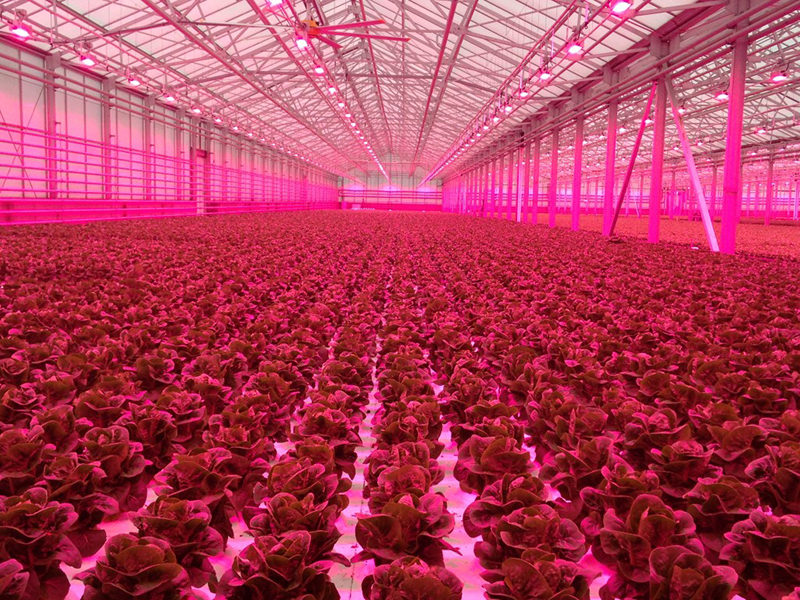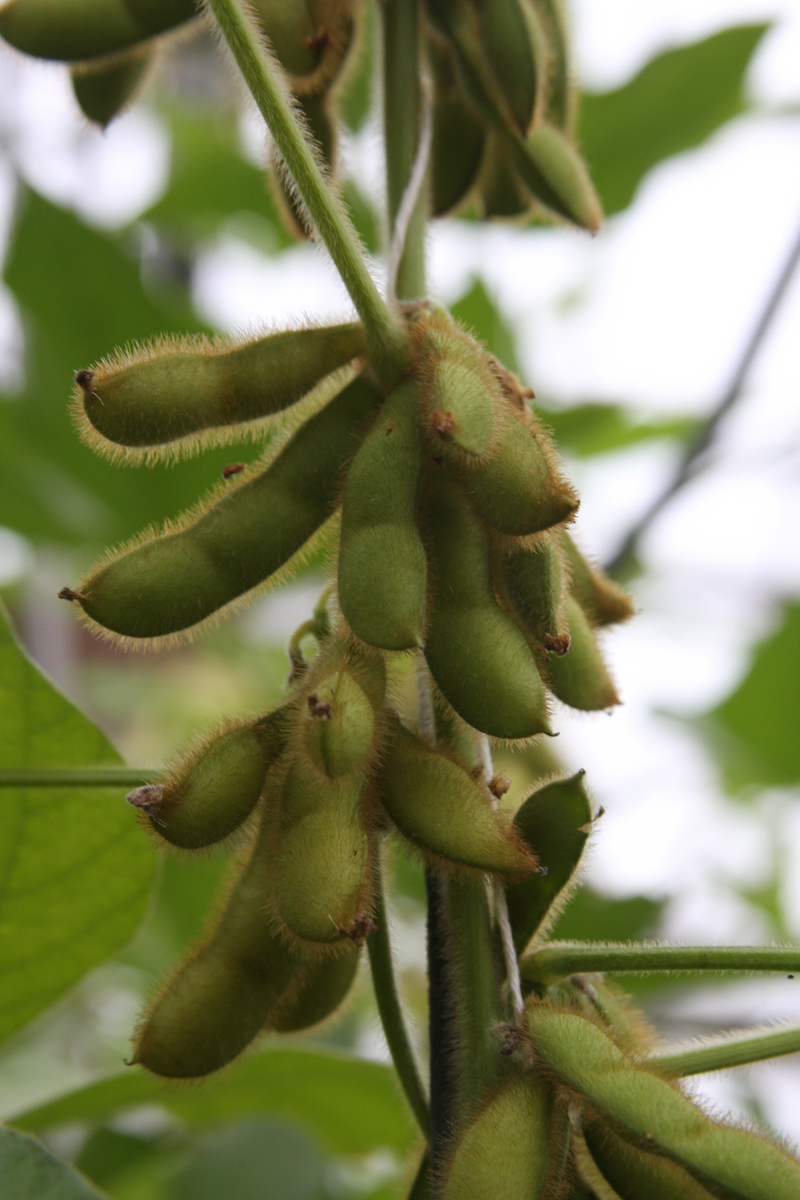 CAES News
CAES News
Local Soil Inoculant
In developing countries, the sustainable production of nutrient-dense crops is a critical need. A team of University of Georgia researchers have identified an affordable and local organic practice that can increase nutrient density in soybeans, or edamame, and improve soil health.

